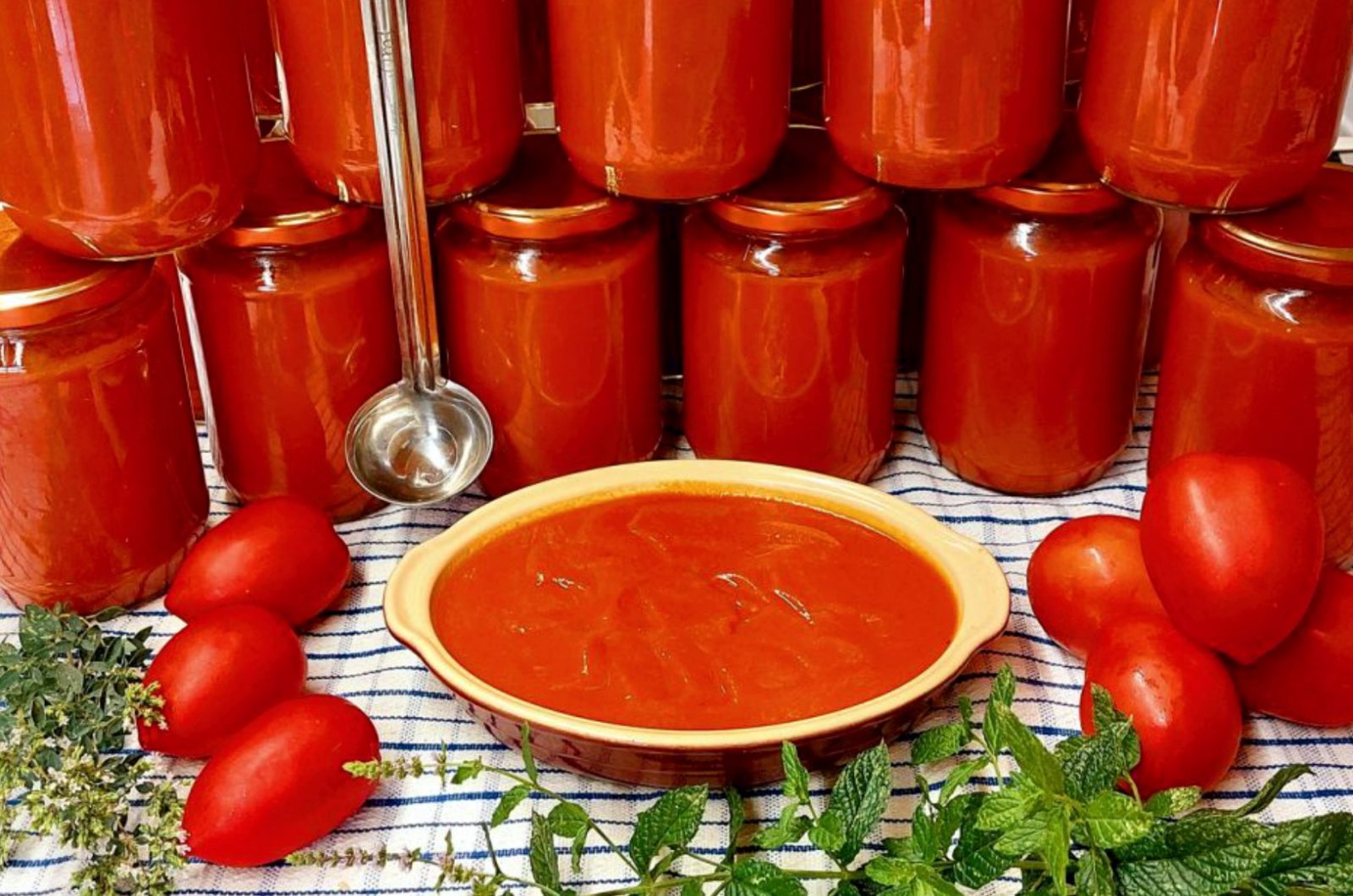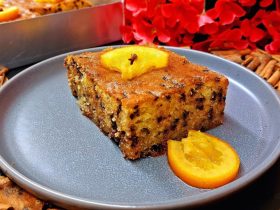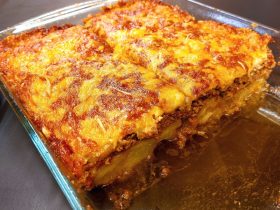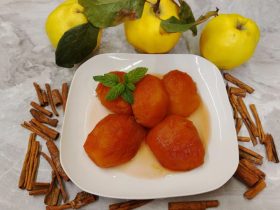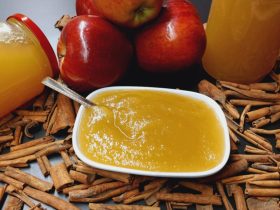There’s nothing quite like the flavor of homemade tomato sauce, slowly simmered with just fresh tomatoes, olive oil, and salt. This traditional method requires no preservatives and no special tools, yet produces a rich, thick, and naturally sweet sauce that captures the taste of ripe summer tomatoes. Perfect for pasta, pizza, soups, or stews, this recipe also shows you how to sterilize jars safely so you can preserve the sauce for months. With just a few simple steps, you’ll stock your pantry with jars of homemade tomato goodness, ready to use all year long.
🍅 Why Make Traditional Tomato Sauce at Home?
Homemade tomato sauce is more than just a pantry staple — it’s a way to preserve the flavor of summer all year long. This traditional recipe uses only fresh tomatoes, olive oil, and salt, simmered for hours to achieve a naturally rich and thick consistency. Unlike store-bought sauces, it contains no preservatives, no artificial flavors, and no added sugars.
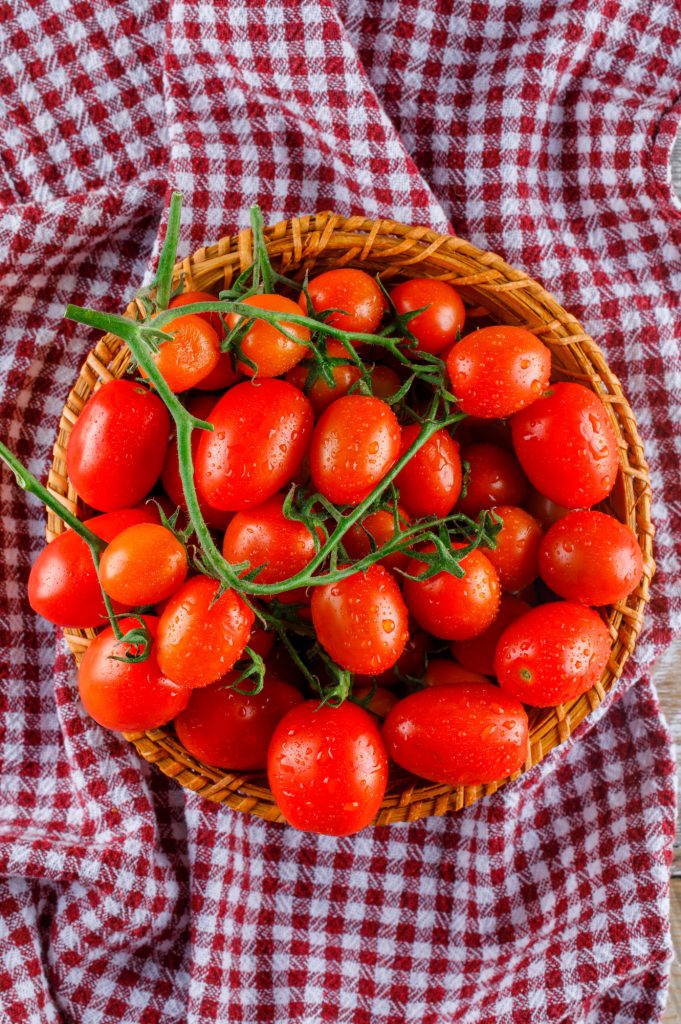
🥫 Safe Jar Sterilization Made Easy
Sterilizing jars may sound intimidating, but it’s actually very simple. Washing thoroughly, baking jars in the oven at 120°C (250°F), and sealing them with hot sauce ensures your tomato sauce stays fresh and safe to enjoy for months. Always check lids before storing — they should be tightly sealed with no movement.
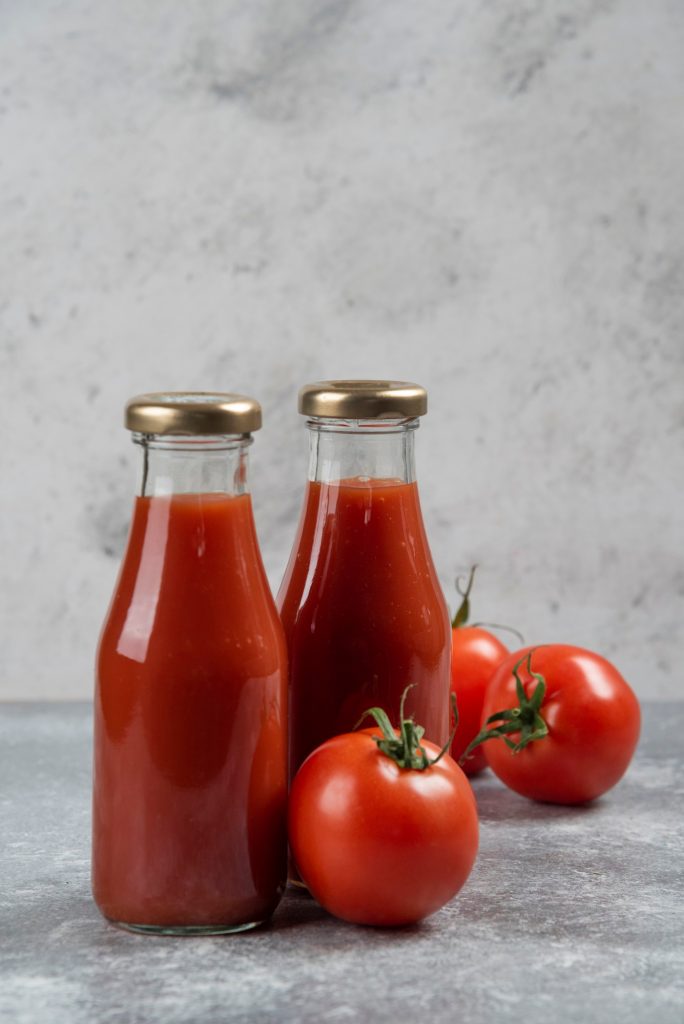
🍝 How to Use Homemade Tomato Sauce
This versatile sauce can be used in countless dishes — from classic spaghetti to homemade pizza, baked casseroles, or as a base for soups and stews. For extra flavor, add fresh basil, oregano, or garlic when reheating. Having a few jars of this sauce on hand means you’re always one step away from a comforting, homemade meal.
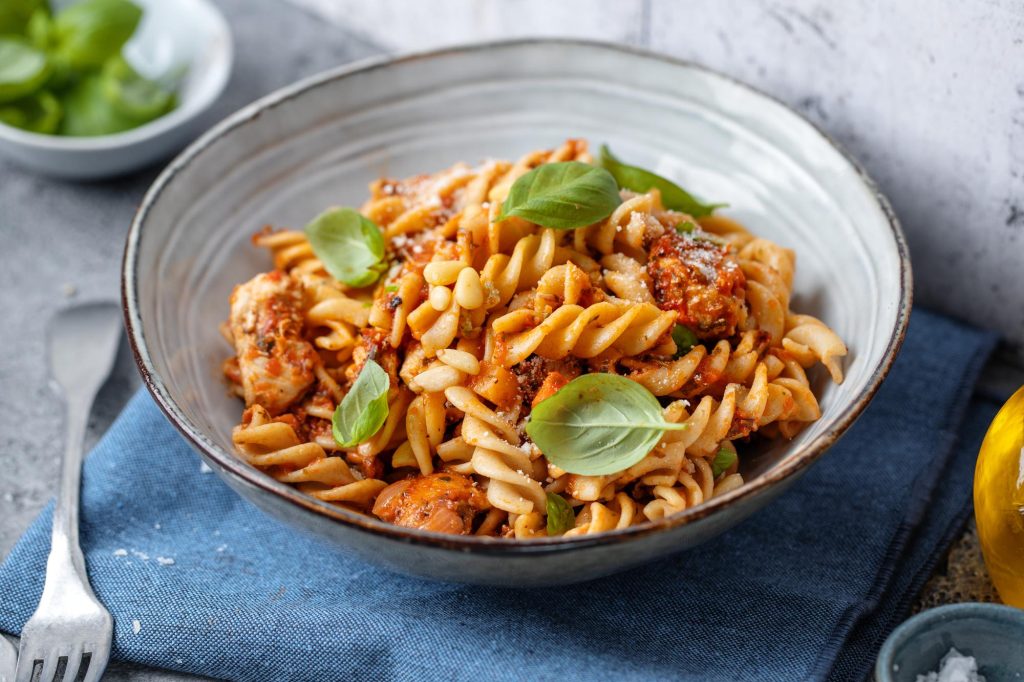
More Recipes
- Greek Beef Stew in Tomato Sauce
- Fluffy XL Pizza with Gooey Cheese-Stuffed Crust
- Soutzoukakia – Greek Meatballs
Nutrition Facts
- Amount Per ServingCalories45
- % Daily Value *
- Total Fat
2g
3%
- Saturated Fat 0.3g 0%
- Cholesterol mg 0%
- Sodium 120mg 6%
- Potassium mg 0%
- Total Carbohydrate
6g
3%
- Dietary Fiber 1g 4%
- Total Sugars 4g
- Protein 1g 2%
* The % Daily Value tells you how much a nutrient in a serving of food contributes to a daily diet. 2,000 calories a day is used for general nutrition advice.
